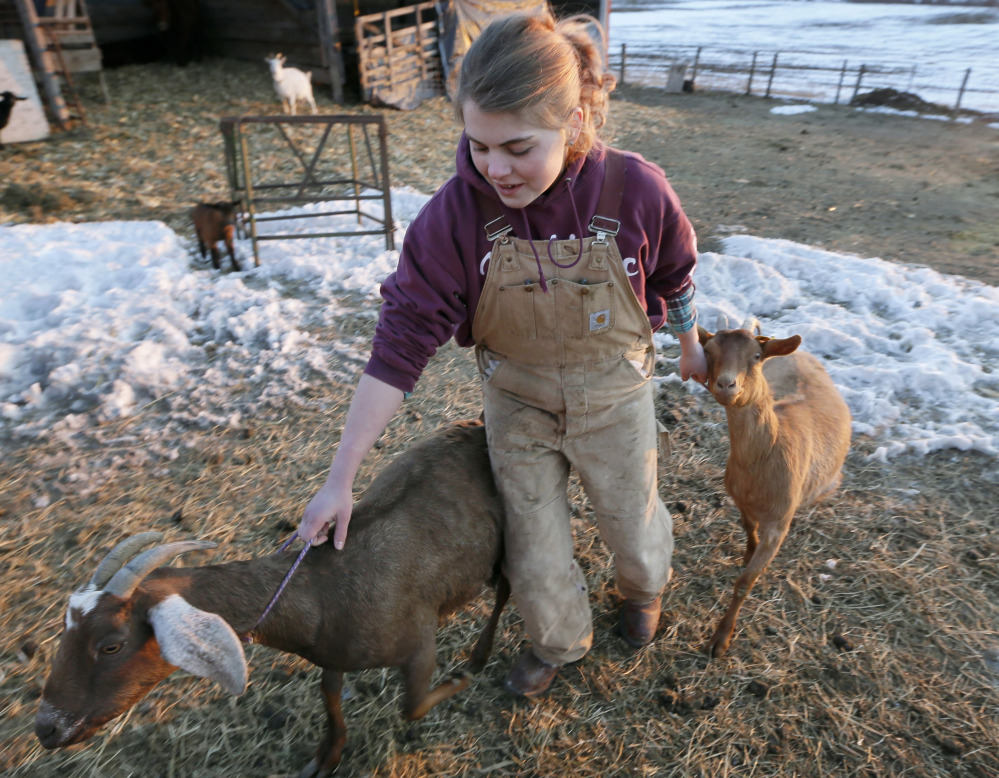MADRID, Iowa — Buying two goats in August 2008 was little more than an experiment for farmer Paula Olson and some entertainment for her daughters.
Six and a half years, 14 milking goats and roughly $300,000 later, she’s in the midst of constructing a small-scale creamery that’s set to feature goat milk, cheese, ice cream and more. Local businesses have begun inquiring about her products, prompting her to already consider expanding.
Americans’ growing taste for more unusual fare has contributed to a steady increase in demand for goat products, and producers across the country are trying to determine how to secure enough milk to give consumers what they want while continuing to develop their merchandise.
The nation’s dairy goat herd climbed 2 percent in the past year to 365,000 animals, but producers said their annual sales are rising even faster – up by 15 percent or more. In Iowa, the number of goat farms has climbed from less than 20 a decade ago to about 200, behind only Wisconsin and California.
Sheep and goat milk accrued $92.2 million in sales in 2012, according to the most recent figures available from the U.S. Agriculture Department’s census, with combined sales about a third higher than in the previous 2007 census.
Goat dairies remain a relatively new market, however, so those in the industry are trying out new techniques largely by trial and error.
“It’s not like the cow world,” said Larry Hedrich, owner of LaClare Family Farm in Chilton, Wisconsin. “There aren’t reams and reams of research available.”
Shelby Cornelius, president of the Iowa Dairy Goat Association, said membership has doubled since he took over in 2013 as farmers search for guidance in how to get the most from their goats. The association has provided information on topics ranging from cheese-making to artificial insemination, he said.
Much of the new demand appears to be due to increased interest in artisan cheeses and populations that are more accustomed to goat milk, such as Hispanic and Jewish communities, Cornelius said. In much of the world, goat milk is more common than cow milk.
“As time goes on, goats won’t surpass dairy cattle, but I think they’re going to become more competitive,” Cornelius said.
Copy the Story LinkSend questions/comments to the editors.



Success. Please wait for the page to reload. If the page does not reload within 5 seconds, please refresh the page.
Enter your email and password to access comments.
Hi, to comment on stories you must . This profile is in addition to your subscription and website login.
Already have a commenting profile? .
Invalid username/password.
Please check your email to confirm and complete your registration.
Only subscribers are eligible to post comments. Please subscribe or login first for digital access. Here’s why.
Use the form below to reset your password. When you've submitted your account email, we will send an email with a reset code.